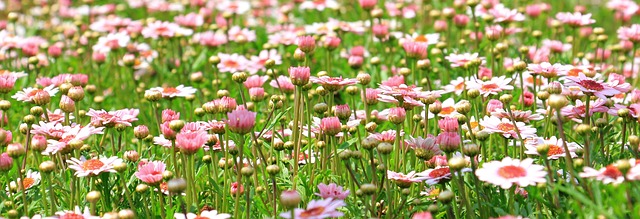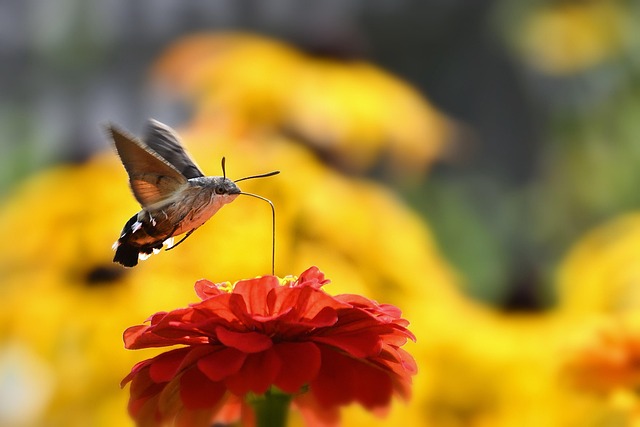Botanical gardens within urban settings offer a unique blend of natural beauty and community engagement. These curated collections showcase global flora, providing sanctuaries for nature lovers and families seeking outdoor recreation. Family-friendly features include play areas, walking trails, and dog-friendly spaces, while community gardens contribute to thriving urban environments. Nature reserves within local parks cater to education and recreational activities, balancing aesthetic appeal with ecological functionality, and fostering environmental appreciation and community well-being.
Explore the diverse wonders of wildlife habitats within local parks, from serene botanical gardens nurturing urban biodiversity to family-friendly spaces where memories are made in nature. Discover the vital role of nature reserves in safeguarding ecosystems and wildlife, while appreciating the artistic design of scenic landscapes that enhance environmental appreciation. Learn how community gardens foster connection and Sustainability, and consider dog-friendly parks for a unique outdoor experience with your furry friends.
- Botanical Gardens: Nurturing Diversity in Urban Spaces
- Family-Friendly Parks: Creating Memories in Nature
- Nature Reserves: Safeguarding Ecosystems and Wildlife
- Scenic Landscapes: The Art of Park Design for Environmental Appreciation
- Community Gardens: Cultivating Connection and Sustainability
Botanical Gardens: Nurturing Diversity in Urban Spaces

Botanical Gardens offer a unique opportunity to experience a vibrant tapestry of plant life within urban settings, transforming community spaces into lush oases. These carefully curated collections showcase an array of flora from around the globe, providing a sanctuary for both nature enthusiasts and families looking for outdoor recreation. Many Botanical Gardens are nestled within local parks, blending educational exhibits with scenic landscapes, making them ideal destinations for those seeking to connect with nature in an accessible setting.
Family-friendly parks featuring Botanical Gardens often include dedicated play areas and walking trails, catering to visitors of all ages. Dog-friendly areas within these green spaces further enhance their appeal, encouraging residents to immerse themselves in the beauty of nature while enjoying quality time with their pets. The coexistence of botanical exhibits, recreational facilities, and community gardens contributes to a thriving urban environment where residents can discover, learn, and appreciate the diverse wonders of plant life.
Family-Friendly Parks: Creating Memories in Nature
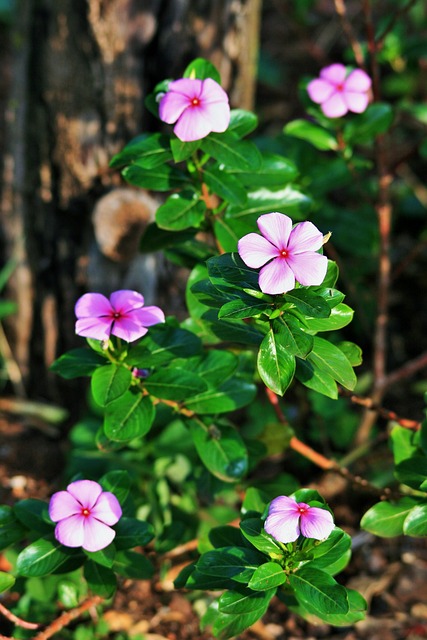
Family-friendly parks offer a unique opportunity to connect children and adults alike with nature, fostering memorable experiences in beautiful, often tranquil, settings. These parks go beyond simple green spaces; they are carefully designed environments that blend natural beauty with recreational activities, making them ideal for quality family time. Many feature dedicated areas for picnicking, playing, and exploring, often surrounded by lush botanical gardens or scenic landscapes. Community gardens and dog-friendly parks also fall under this category, providing a sense of belonging and promoting healthy lifestyles.
By incorporating nature reserves within their boundaries, these parks ensure a diverse range of flora and fauna, enriching the experience for visitors. The peaceful atmosphere encourages families to slow down, appreciate the natural world, and create lasting memories. Whether it’s a stroll through vibrant botanical gardens or a casual walk in a dog-friendly park, these family-oriented spaces contribute significantly to community well-being and environmental conservation.
Nature Reserves: Safeguarding Ecosystems and Wildlife
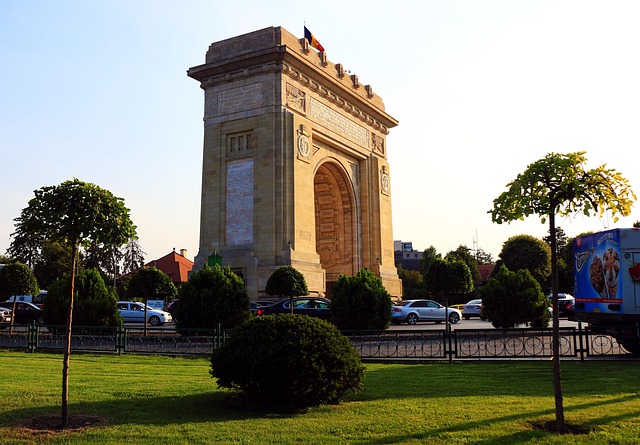
Nature reserves play a pivotal role in safeguarding our precious ecosystems and providing havens for diverse wildlife. These protected areas, often nestled within local parks, serve as botanical gardens where rare and indigenous plant species flourish, creating scenic landscapes that captivate visitors. They are designed to be family-friendly spaces, offering educational opportunities for children and adults alike to learn about the natural world.
In addition to their ecological significance, nature reserves cater to a wide range of park-goers, including dog owners, as long as certain regulations are followed. These areas allow humans to connect with nature while ensuring the well-being and preservation of wildlife and their habitats. Community gardens within these parks further enhance biodiversity and foster a sense of community engagement in environmental conservation efforts.
Scenic Landscapes: The Art of Park Design for Environmental Appreciation
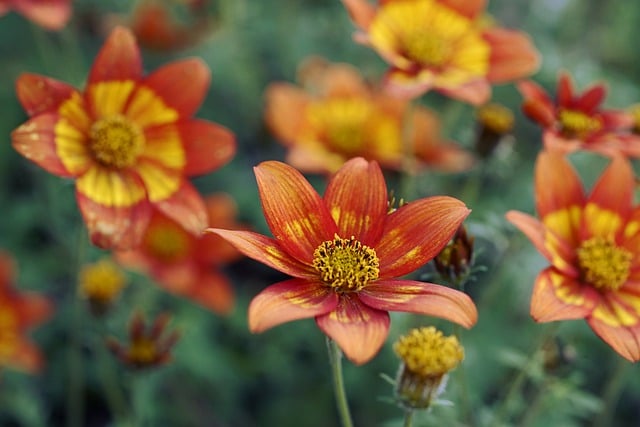
Local parks serve as more than just green spaces; they are carefully crafted scenic landscapes designed to foster environmental appreciation and enhance community well-being. Through masterful park design, natural features like wooded areas, open meadows, and water bodies are incorporated to create visually stunning and ecologically diverse habitats. These designs cater to a wide range of visitors, from nature enthusiasts to families looking for outdoor recreation, by offering spaces suitable for activities such as hiking, birdwatching, or simply relaxing amidst the beauty of botanical gardens.
The integration of community gardens and dog-friendly areas further enriches these scenic landscapes, promoting interaction with nature and fostering a sense of belonging within the community. By balancing aesthetic appeal with ecological functionality, local parks become vibrant hubs where people can connect with both each other and the natural world around them, ensuring that these green spaces remain cherished resources for generations to come.
Community Gardens: Cultivating Connection and Sustainability
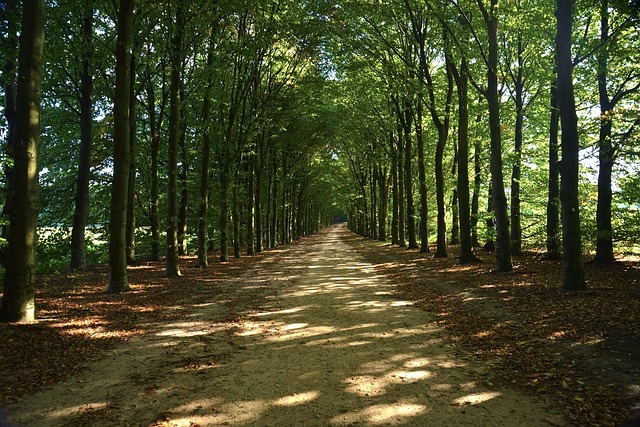
In many local parks, community gardens stand out as vibrant oases within urban settings, offering more than just scenic landscapes. These botanical gardens foster a sense of connection and sustainability among park-goers. Families can spend quality time learning about different plant species while enjoying the natural surroundings. The presence of community gardens also encourages eco-friendly practices, such as composting and organic farming, promoting a greener environment. Moreover, these spaces cater to dog-friendly parks, providing leashed areas where pet owners can relax and socialize with their furry companions amidst nature.
The integration of community gardens into local parks enhances the overall experience for visitors, especially families seeking educational and recreational activities. With well-maintained paths, colorful floral displays, and peaceful nooks, these gardens attract a diverse range of visitors. They serve as hubs for environmental education, encouraging residents to appreciate and protect natural resources, thereby contributing to the preservation of local nature reserves.













